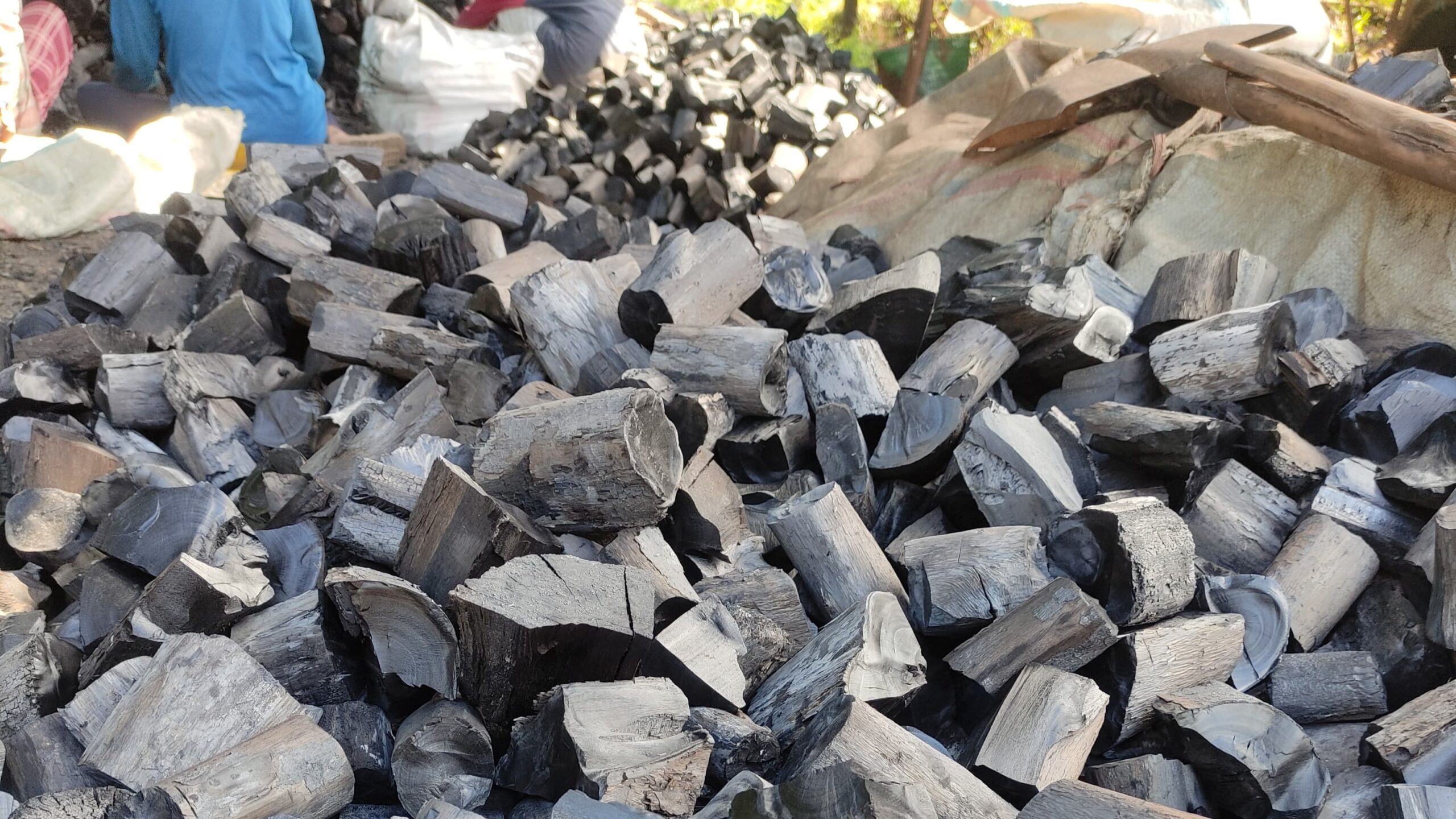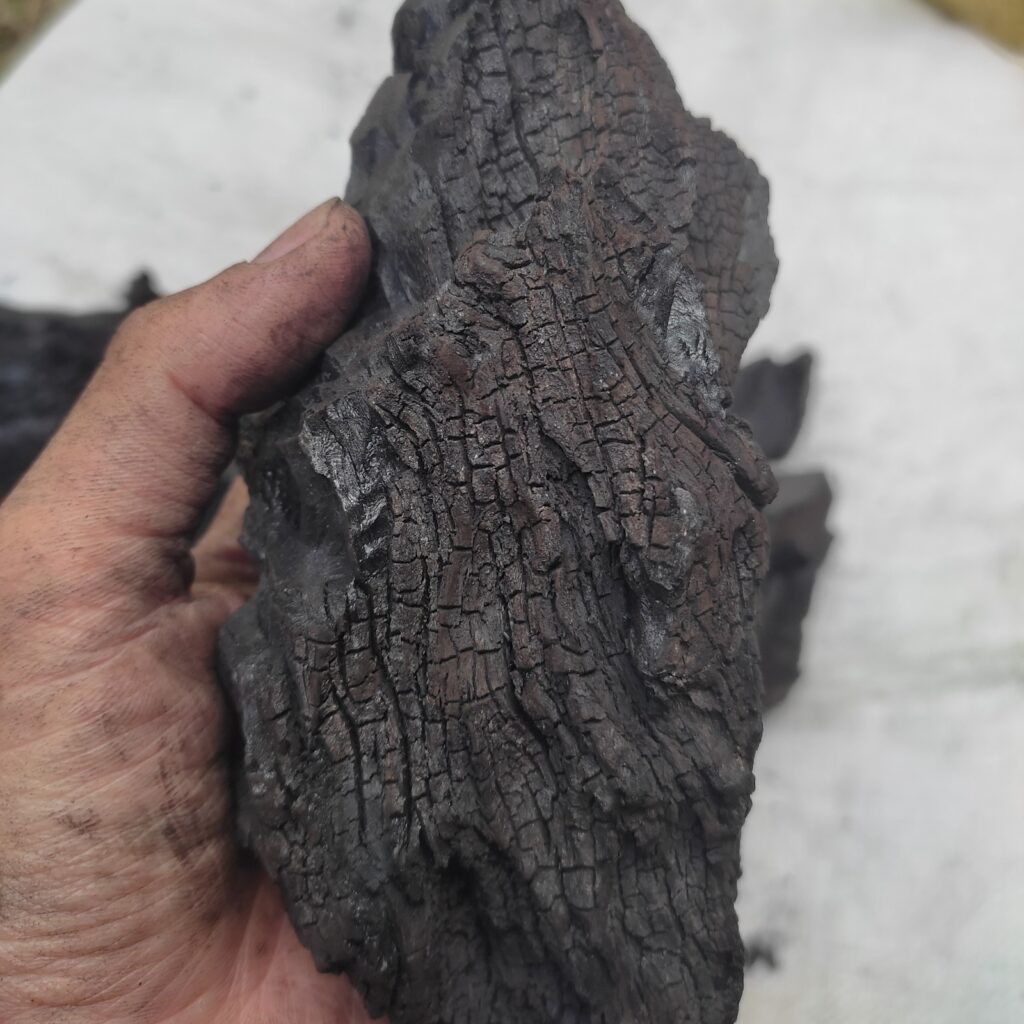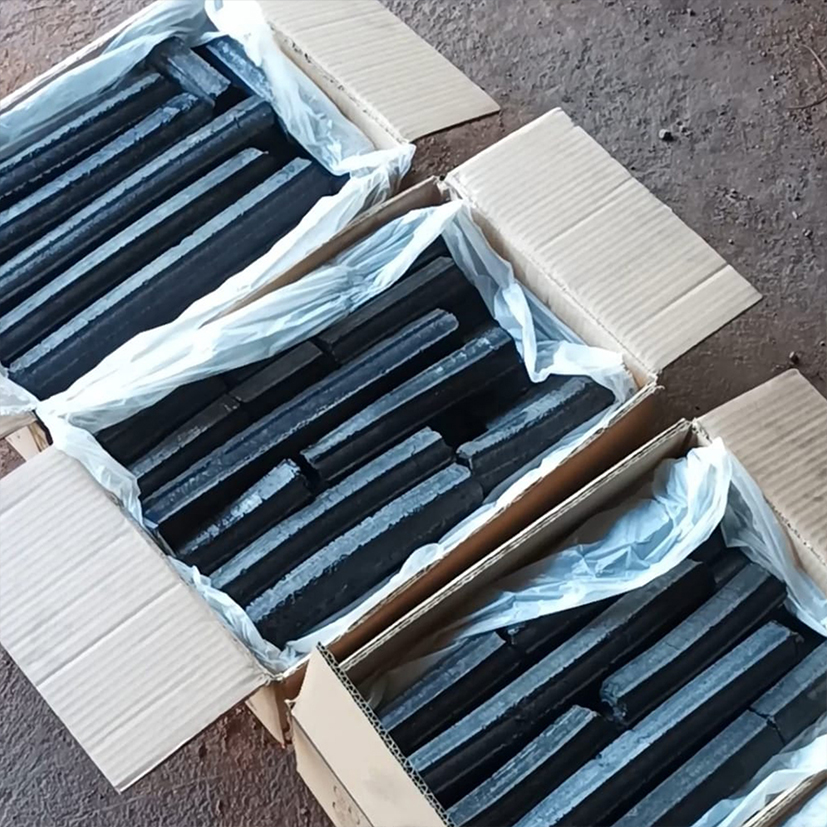
Mengapa Bisnis Mempercayai Arang dari Indonesia untuk Kualitas Terbaik
Arang dari Indonesia untuk Kualitas Terbaik. telah menjadi pilihan utama di pasar internasional, terutama bagi bisnis yang mencari bahan bakar


Halaban wood is a primary material in the production of high-quality charcoal that is increasingly sought after, both domestically and internationally. This wood has unique characteristics that make it particularly suitable for charcoal production, notably its strength in producing durable charcoal that does not break easily and burns for extended periods. Let’s delve deeper into Halaban wood and why it is a top choice in high-quality charcoal production.
Characteristics of Halaban Wood
Halaban wood comes from the Halaban tree, which thrives in tropical regions, including Indonesia. This tree is known for its hard and dense trunk and relatively low moisture content. Halaban wood features a smooth texture with tight grain, which imparts strength and density to the wood. This density makes Halaban wood ideal for charcoal production as it generates high heat and maintains a long burn time.
The color of Halaban wood tends to be dark brown to black, giving a distinct characteristic to the charcoal it produces. Additionally, this wood is known for its resistance to pests, making it more durable when stored for extended periods before being processed into charcoal.
Selection and Preparation Process of Halaban Wood
Before being processed into charcoal, Halaban wood is carefully selected to ensure its quality. This selection process involves evaluating the wood’s size, density, and physical condition. The wood used is typically cut directly from live trees to ensure its freshness. Once cut, Halaban wood is transported to the burning site, where it undergoes natural drying before finally being burned.
The drying process is crucial for reducing the moisture content in the wood, ensuring that it burns thoroughly and produces high-quality charcoal. The dried wood is then placed into specially designed kilns that maintain optimal temperatures throughout the burning process.
Advantages of Charcoal from Halaban Wood
Charcoal produced from Halaban wood has several advantages that make it highly desirable. One of the primary benefits is its long burn time. Thanks to the density and hardness of Halaban wood, this charcoal can retain heat for extended periods, making it ideal for BBQs or industrial applications requiring stable temperatures and high heat.
Additionally, Halaban charcoal is known for producing minimal ash during burning. The reduced ash makes the charcoal more practical to use and helps maintain the cleanliness of cooking equipment and the surrounding environment. This is particularly important in the food industry, where cleanliness is a top priority.
Halaban charcoal also has a distinctive aroma, which adds an extra flavor to the food being cooked. This aroma comes from the natural oils in Halaban wood that burn, providing a unique touch that is hard to find in charcoal from other types of wood.
Uses of Halaban Wood in Various Industries
Although Halaban wood is best known for its role in charcoal production, it is also used in various other applications. Due to its high density, Halaban wood is frequently used in making furniture and building construction materials that require strong and durable components. Its termite resistance and longevity also make it a popular choice for various wood products.
In the charcoal industry, Halaban wood is often mixed with other types of wood to achieve optimal burning results. For example, blending Halaban wood with coffee wood is commonly used to produce charcoal with desired characteristics such as faster burn time or different aromas.
Challenges and Potential in Using Halaban Wood
Despite its many advantages, there are challenges in using Halaban wood. One challenge is the inconsistent availability of this wood, especially due to high demand. Therefore, it is crucial to ensure that Halaban wood is harvested sustainably and does not harm the ecosystem.
Additionally, processing Halaban wood into charcoal requires precise techniques and strict temperature control to produce the highest quality charcoal. Without proper processing, Halaban wood may not burn perfectly, resulting in charcoal that is not durable or easily breakable.
However, with the right techniques and a good understanding of Halaban wood’s characteristics, the potential to produce high-quality charcoal from this wood is substantial. The growing demand, both locally and internationally, indicates that Halaban charcoal has a bright future as a flagship product from Indonesia.








Arang dari Indonesia untuk Kualitas Terbaik. telah menjadi pilihan utama di pasar internasional, terutama bagi bisnis yang mencari bahan bakar

Best Charcoal from Indonesia. has long been recognized as one of the top producers of charcoal in the world. Its

لقد اكتسب لماذا الفحم من إندونيسيا سمعة كأحد أفضل المنتجات في السوق العالمية. بفضل جودته الممتازة وعمليات الإنتاج المستدامة، أصبح

Arang dari Indonesia kini semakin dikenal di pasar internasional. Kualitas tinggi arang Indonesia yang dihasilkan dari proses pembakaran yang efisien

Halaban Charcoal from Indonesia. Indonesia has an international reputation for producing high-quality charcoal, one of which is Halaban charcoal from

سر الشواء المثالي: الفحم من إندونيسيا الشواء المثالي: الفحم من إندونيسيا. اشتهر الفحم الإندونيسي منذ فترة طويلة كوقود ممتاز لطهي
Banua Ekspor Mandiri. Copyright ©2024 All Right Reserved.